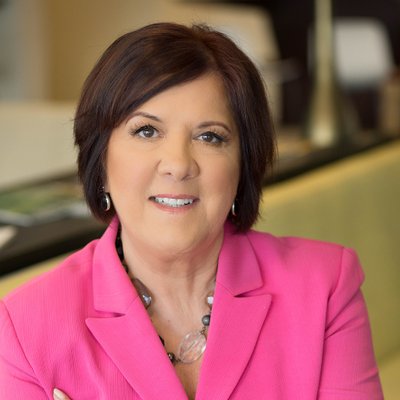This is a three part series. Read part one and part two for complete coverage.
Rising student loan debt isn’t the only education story to watch as a new school year begins. According to a recent report from EverFi/AIG Retirement Service, over a third (35%) of college students have racked up over $1,000 in credit card debt.
But that’s not the only financial pressure facing today’s college students and new graduates. The confusing maze of student loan forgiveness and repayment plans, along with high fees on some college bank accounts, adds up to a cumulative debt burden that threatens the financial well-being and fiscal future of Millennials and the next generation, your GenZ readers. That’s the larger story here for an enterprising business reporter or team to connect, beginning with these three questions on how college students—and those in middle and high school—can learn to control their appetite for credit and develop healthy financial habits for life:
Does good credit card use start at home?
How young were your young readers when they started using credit? Numbers vary depending on the source, and the size/demographics, of the survey. In T.Rowe Price’s 11th Annual Parents, Kids & Money Survey this year, 17% of parents said their children 8-17 had credit cards. According to the EverFi survey, nearly two-thirds (61%) of the 30,000 students at more than 440 U.S. schools had a credit card before they were 18 or younger. Jack E. Kosakowski at Junior Achievement USA and Laura Levine at the financial literacy group JumpStart Coalition are good sources to interview. Develop an online questionnaire. Invite respondents and their parents to participate in a video to discuss results.
How can students learn to manage money?
Consumer experts and financial planners have been asking that question for awhile. Have a behavioral finance expert join the conversation. A Creditcards.com poll found that nine in 10 parents are willing to pay off their child’s debt. Focus on the shift in financial behavior among college students since 2012. Nearly half of students use credit cards and use more than one card, and more are not paying off their balances every month or paying late. Nearly two-thirds say they plan to pay back their loans, but only 11 percent of Gen Z students have information on loan repayment.
Can gaining financial knowledge be fun?
According to a Sallie Mae study of 810 young adults, including college grads, college students, and those who didn’t complete their studies say they want to improve their financial literacy, but only 35% had access to a personal finance course in high school. In the EverFi survey, students knew the answers to only two of six basic financial knowledge questions on credit card use, credit history, and an emergency fund. No one wants to feel stupid, and Americans love game story, so take a page from that book. Study a number of surveys and create one online to engage your readers on this issue.











